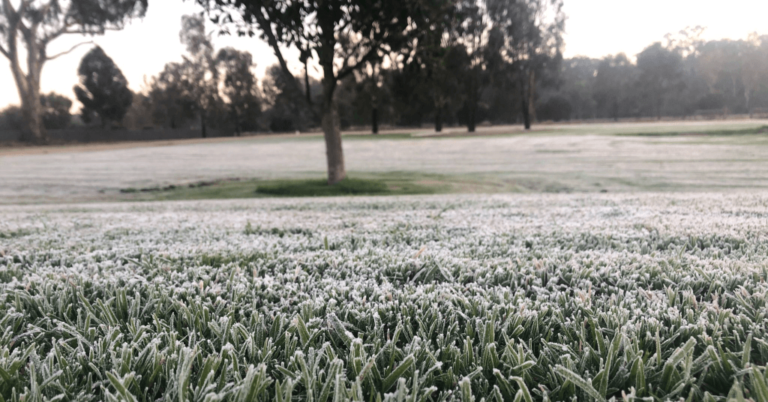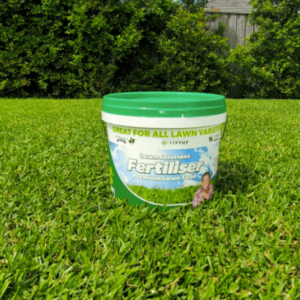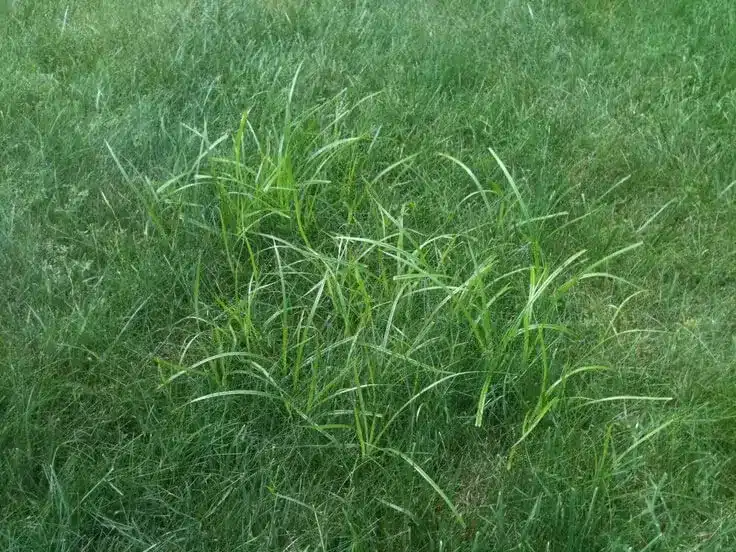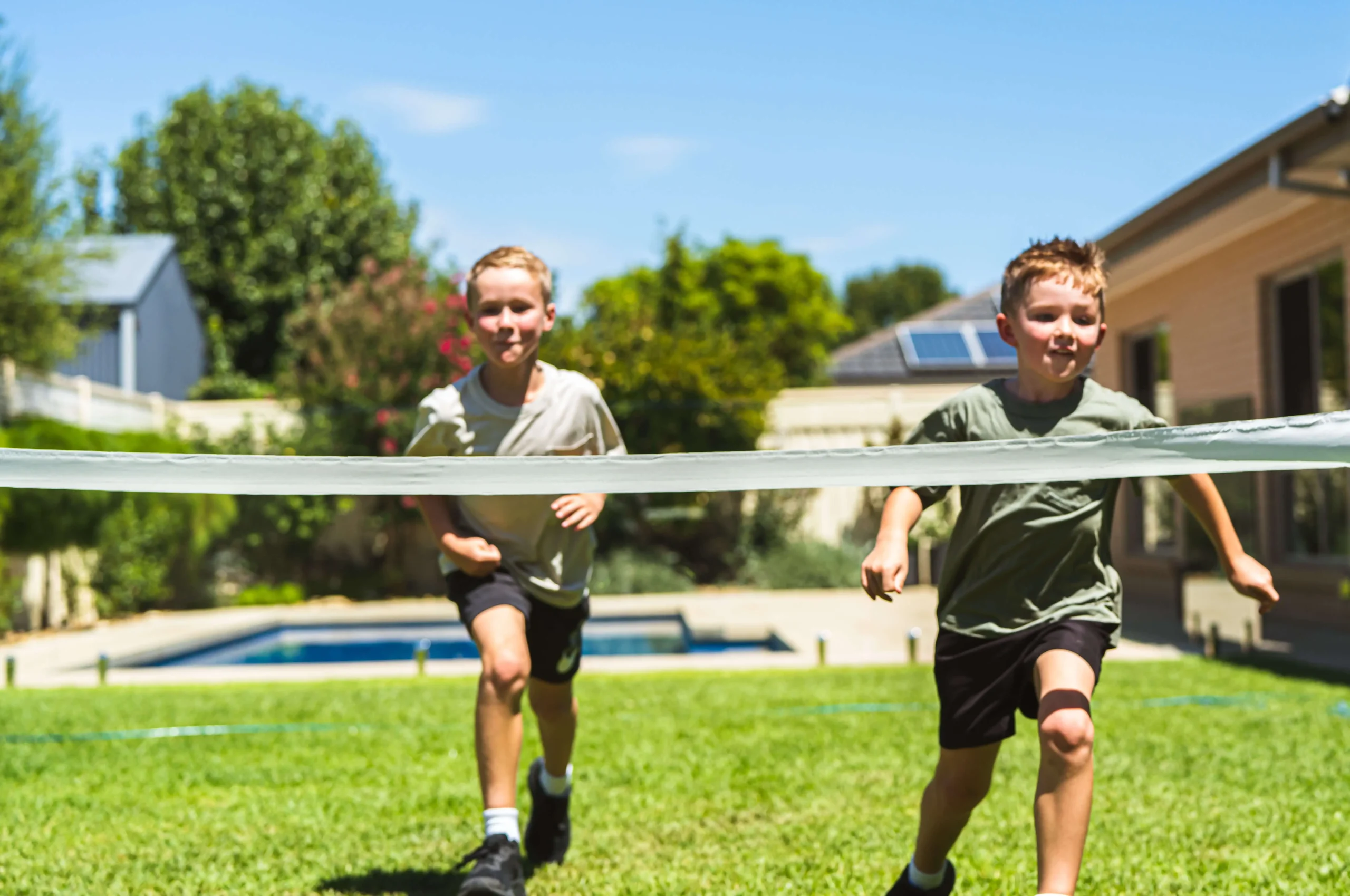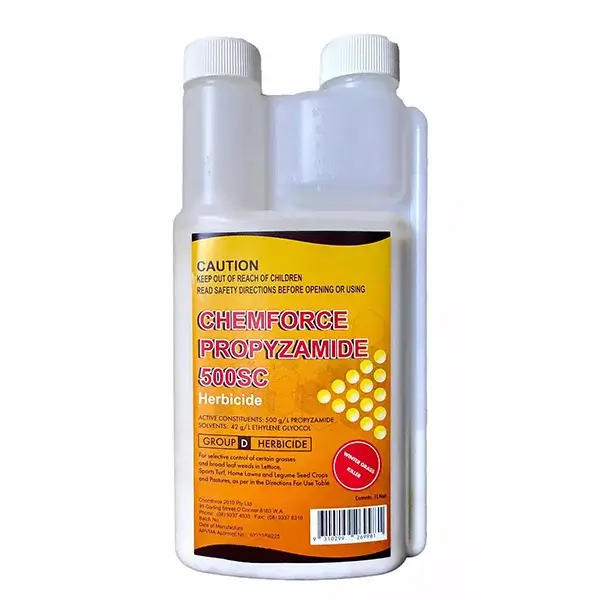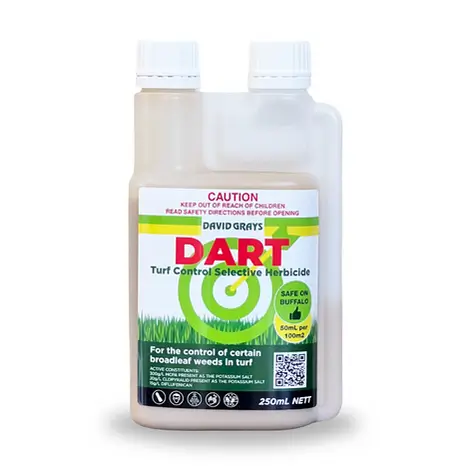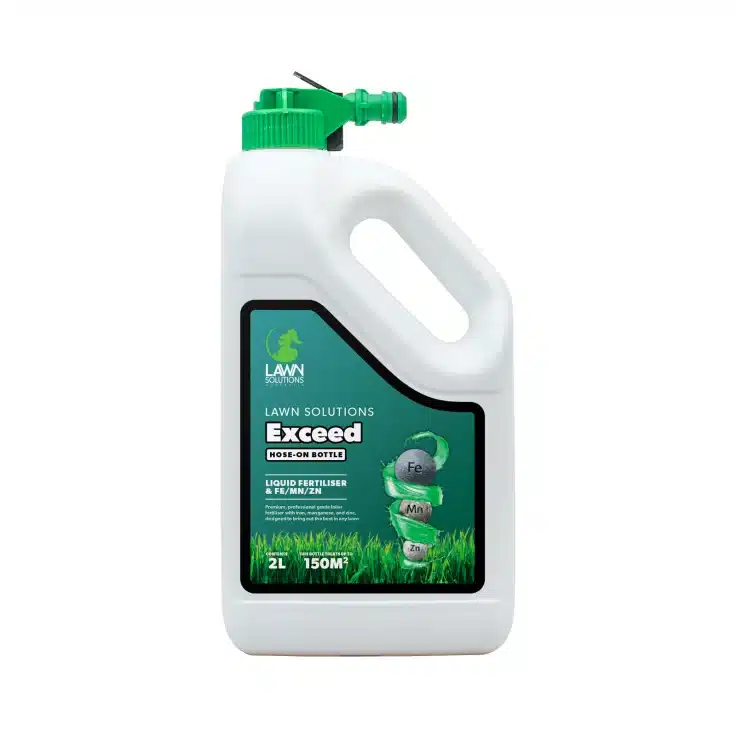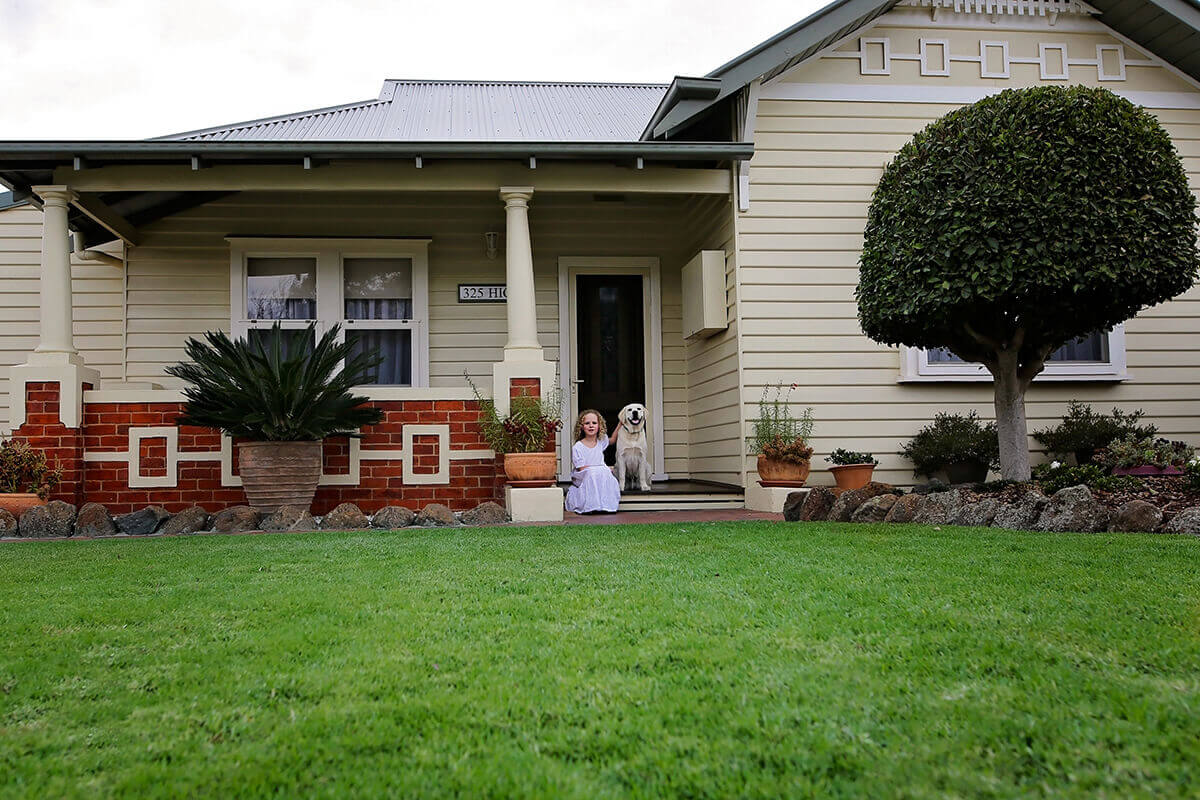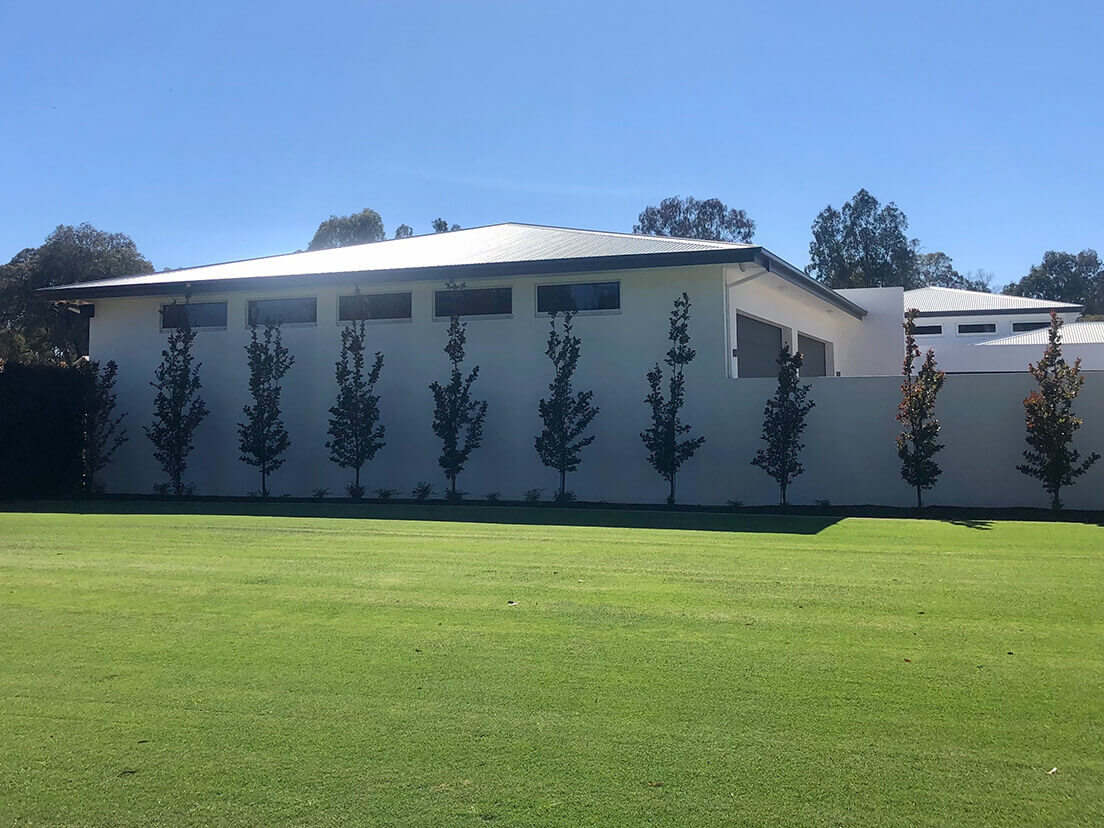Is Your Lawn Suffering Frostbite This Winter?
Winter has well and truly taken hold and many parts of the state have received some visits from Jack Frost already. Want to know what this means for your lawn?
The major questions are:
- Is frost bad for your lawn?
- What can you do to prevent any potential damage?
- What can you do to help it repair once it is frost affected?
Frosts are common in the southern states of Australia, and lawns in Victoria can at this time of year suffer from what scientists call radiation frost. Radiation frost is when the ground and ambient air cools down due to a loss of heat in the atmosphere, which causes frost. This commonly occurs under clear skies and with little or no wind.
Frosts can occur when the temperatures have dropped, and overnight temperatures are at zero degrees or below. The frost itself is the result of the dew freezing on your lawn, which typically occurs in the early morning.
Essentially frost freezes the blade of the leaf in your lawn and causes significant discolouration. This occurs as a result of the damage caused by the frost to the cell walls of the grass, which slows down photosynthesis.
The difference between cool season and warm season grasses
Discolouration and damage varies depending on the type of turf grass variety you have. Cool season grasses like fescue and rye contain proteins which prevent them from freezing. Warm season grasses like buffalo, couch, kikuyu and zoysia however, don’t have the same protein and are much more susceptible to frost damage.
At Coolabah Turf we specialise in the exclusive supply of drought tolerant, environmentally friendly, warm season turf grass varieties, as they are suited to long, harsh hot Australian weather, which is what we experience for the majority of the months of the year. So if you have a homegrown Coolabah lawn in your backyard… chances are it is already experiencing varying degrees of discolouration and zero growth as a result of recent frost events and cooler winter temperatures. Or, on the flip side, if your neighbour is mowing green grass right now - chances are they have a cool season lawn, or they may just be manicuring winter weeds!
Just like all things in life - the common traits and general performance characteristics of your lawn are bittersweet! If you want to do your bit for the environment and have a lawn that is low water, needs less mowing and infrequent fertilising to thrive - you will need to accept that it will experience varying degrees of discolouration during winter dormancy.
It’s just a small price to pay doing your bit for the environment! While we can't control the weather there are a few tips and tricks you can try to help minimise the impact of what happens with mother nature and the frost during the winter months.
What can you do?
To minimise unnecessary damage from frost, we recommend you keep off your lawn and stay off it until the frost has melted. Walking on a frostbitten lawn can actually cause the grass blades to break and cause more damage.
We also recommend you give your lawn a light watering just before the sun comes up to remove frost from the leaf and prevent damage. Watering your lawn will help the frost to melt quicker and more evenly and will minimise the severity of discolouration.
If you have a seeded lawn, which is a cool season turf type, don’t stress too much about frost as it can actually be quite helpful to your lawn! Did you know that frost can actually help cool season turfs like a tall fescue or ryegrass to produce a stronger root structure as the cells in the grass adapt to frost. This is why in some grass types during winter you will notice they retain a better, greener winter colour. These grasses however, require mowing all year round, require fertiliser applications every 8-10 weeks and require significantly more water to survive Victorian summers. It is rare also if cool season turf types are damaged, they have a limited ability to self repair and recover from wear or lack of irrigation. So again - as all things in life, choosing the right type of turf can be a bittersweet moment.
To combat the effects of winter decline, or winter dormancy once your lawn’s usual vibrant colour has started to deteriorate - one quick and easy trick many home owners are now pulling out of the hat - is to paint their lawns! If you want a game changing remedy to keep your grass looking green during winter - why not try ColourGuard ‘lawn paint’. ColourGuard is an environmentally friendly soft lawn colourant that will keep your grass looking green all year round. Not to mention reduces the amount of watering and fertilisation needed.
We know that grass used specifically for lawn purposes are super hardy and in most circumstances is not damaged by frost if you follow a few simple, preventative maintenance tips and also keep your lawn healthy and in tip top shape all year round.
So don't underestimate the importance of getting ahead of the game to ensure your lawn is healthy before the onset of cooler winter weather and frosts settle in – literally. The health of your lawn and your lawn maintenance schedule during autumn is one of the most important factors to enhance your lawn's ability to better withstand the impact of seasonal frost events. For example, using a fertiliser with increased iron before winter will help strengthen your lawn for the frosty months ahead.
As we always say, a lawn will only ever be as good as it is managed! And don't forget - we’re here to help you with any aftercare advice you might need to honour our promise to help you always have the best looking lawn in the street! For more seasonal lawn care visit our comprehensive annual seasonal care guide.

